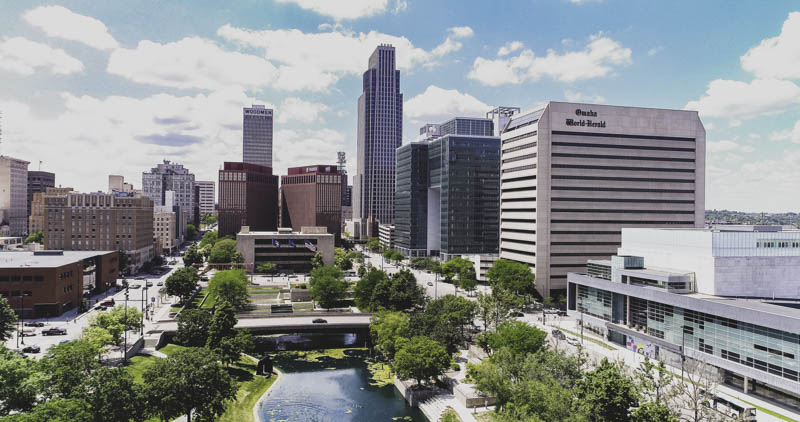Home » Cost Guides » Nebraska Cost Guides » How Much Does it Cost to Build a House in Omaha?
Omaha, Nebraska – otherwise known as the Gateway to the West – coasts along the Missouri River and expands across over 118.9 square miles of land. Its location along the Missouri river has made it a significant trading hub since its founding. Residents here are greeted with a humid climate all-year round with hot summers and cool winters. Its reputation as an economic hub is further bolstered by the presence of several Fortune 500 companies and home to the country’s richest individuals, including multiple-time world’s richest man winner Warren Buffet, owner and CEO of multinational conglomerate Berkshire Hathaway – also known as the Oracle of Omaha.
The city’s metro area has more to offer than many outsiders realize. The city is a haven for food enthusiasts with several restaurants having fresh farm-to-fork produce from its local farms. Gastronomes can try the Reuben Sandwich, a classic American staple, in the city where it all began. Culture and the arts are also celebrated in the city. Shows and performances are offered all-year-round in several performing arts centers and museums scattered across the city.
The Cost of Building a Home in Omaha
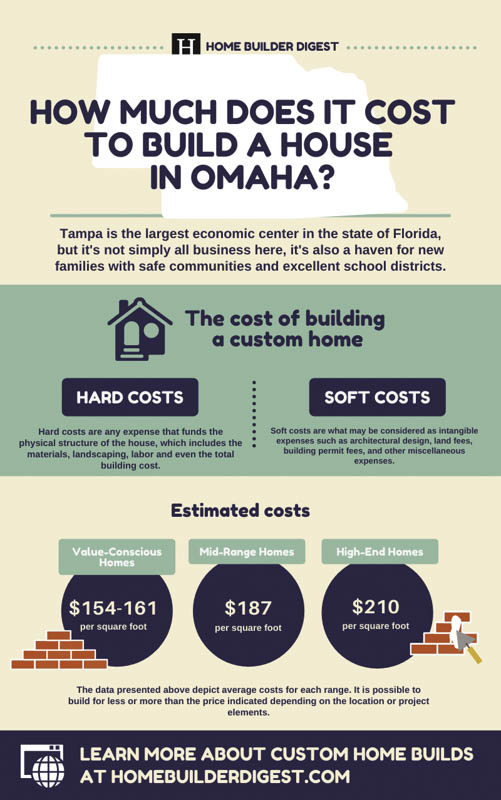
United States News analyses of over 150 cities across the nation have ranked Omaha the 15th cheapest place to live; 109th best place to retire and 25th overall best city to live in. A lower standard of living compared to the nation’s average also makes it friendly for families just starting out, or for those seeking out a pocket-friendly place to live.
The entire United States suffered major cuts in employment. Fortunately for Omaha, jobs are gradually being generated for its population — particularly in the leisure, health and hospitality industry, manufacturing, professional and business services, and education industry. Similar to many other cities in the country, Omaha is not left unscathed by the global pandemic in its supply of laborers and construction resources. The construction industry is facing a dilemma in its supply chain — with aging workers and a shortage of materials causing an unprecedented increase in home construction prices.
Aspiring Omaha homeowners are expected to face building fees of $87 to $130 per square foot — a figure based on the median cost of home construction across the city. Contractors across the city charge prices ranging from $400,000 to $1 million to as much as $500,000 to $10 million for custom home construction, depending on the quality of materials used, the homeowner’s desired amenities, and type of labor required. Most homeowners looking to build a custom home tend to focus on just the framing, foundation, plumbing, roofing, and flooring during the planning phase. Yet there are also other costs associated with new home construction like architecture and design fees, builder fees, permits, and additional custom features. These factors are all categorized under soft and hard costs, which can fluctuate independently.
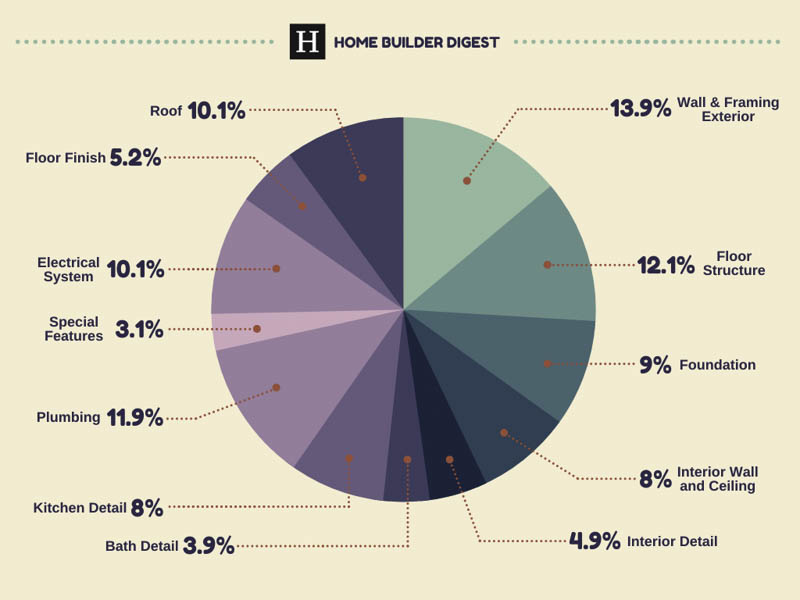
Figure 1. Typical cost breakdown of a single-family home constructed using the conventional method, according to Home Builder Digest. Image Source: National Cost Guide.
Hard Costs
All expenses attributed to the physical construction of a home are considered hard costs. Raw material fees, labor fees and landscaping costs all fall under this category. The installation of utilities like electronics, plumbing and heating, ventilation and air conditioning (HVAC) systems all fall under this category.
The price of installing a concrete foundation falls at $5.39 per square foot for a 4-inch reinforced slab on-grade. Setting up a roof can cost as much as $3 per square foot. The service of some designers already includes the removal of old shingles as well as the installation of designer laminated shingles. Those wishing to install vinyl sidings can expect the price to be $4 per square foot. Some Omaha-based roofers offer a limited lifetime warranty on their services. Installing a gutter can set aspiring homeowners back $6 per foot for 5-inch gutters and $8 for 6-inch gutters, while downspout installation starts at $6 per foot. Those desiring a patio or pool deck for their homes can expect a price tag of $8 to $410 and up per square foot — a figure dependent on the patio material, its layout, and the presence of borders.
As for utilities, the cost of rewiring a home in Omaha normally ranges from $416 to $1380, with an average cost of $898. Electrician fees in the cities vary, but typically range from $160 to $508 per hour of service. Plumbing costs vary as well; however, the national average for plumbing installation falls at around $4,080 with an average range of $2,280 to $5120. Aspiring homeowners desiring the comfort of a centralized air conditioning system for their homes can expect a price range of $4,529 to $12,240, excluding labor fees—with costs dependent on the size of the air conditioning unit as well as its power.
Soft Costs
Other expenses not related to the physical home are considered soft costs. These fees include any taxes and regulations imposed by the state as well as the cost of the plot of land investors plan to build on. It also includes necessary permit fees and real estate taxes. Fees charged by home designers and architects also fall under soft costs.
Cost of the Land
The riverfront city of Omaha is home to 486,051 residents as of the 2020 population census. It is also the largest city in the state of Nebraska. Omaha has a lower average cost of living than the United States’ average, and this is attractive for people looking for an affordable place to live. The cost of Omaha land averages at $2 to $2.20 per square foot based on Zillow listings, with an average lot size of 30,492 square feet. Increases in the cost of construction supplies have resulted in the resurgence of townhouse and row home type structures in the city since these tend to be more affordable.
Permits and Other Fees
Construction permits for the Omaha are filed through their government website, within the people are met with the various permit fees for the building jobs they require. Fees are calculated based on the total cost of a job. The following table shows the city government’s computation for each building.
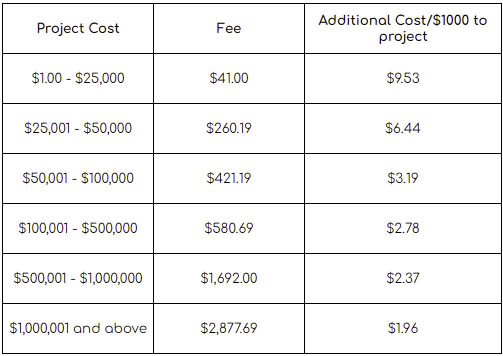
Utility permit fees also begin at $25 for all electrical work; a minimum fee of $22.70 for any permit for plumbing. Air conditioning and heating units are computed based on the number of units a home will be installing. Ductwork and exhaust for a home will include a $20 permit fee each.
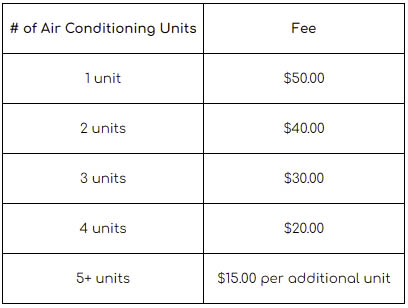
Furnaces and air handlers follow the same formula for computing permit fees as air conditioning units. The following is a rundown of the costs associated with them.
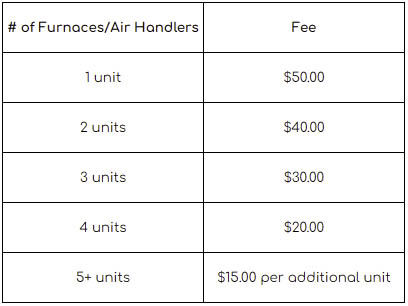
Refrigeration, fire protection systems and pipe fitting and steam fitting fees cost the same; and their fees are calculated based on the total job cost. The following is a rundown of the fees expected for a job:
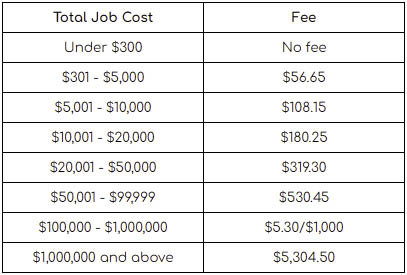
In addition to these fees, Omaha imposes a property tax which is calculated by multiplying the assessed value of one’s property by the levy or tax rate determined by the taxing authority under which the property falls. The government also asks homeowners to pay a technology and training fee for the upkeep and maintenance of the website used for filing permits. Underlying fees amounting from $0.00 to $624.99 will incur a cost of 8% of their total fees. Services amounting to $625-$2499.99 will incur a $50 website charge, and services amounting to $2500 and above will incur a $100 website charge.
Architecture and Design Fees
Hiring an architect in the state of Nebraska usually ranges from $2,000-$9,400 per building project — a fee that also depends on the cost of remodeling and the project location. In Omaha, architects normally price their service at 8.83%-9.27% of the total cost of a home’s construction.
How do the custom home building costs in Omaha compare to other nearby cities?
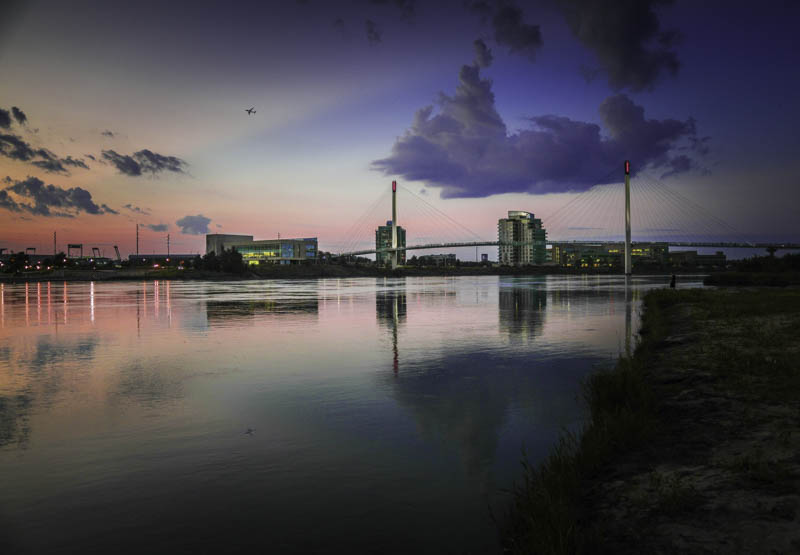
According to data collected from the U.S. Census, FBI, CDC and BLS, Omaha is the best city to live in Nebraska followed by Lincoln, Chadron, and Papillion, Nebraska. However, it is also the 2nd most expensive city in Nebraska in terms of living cost. Still, the cost of living in Omaha remains lower than the national average. In terms of home construction fees, La Vista homes cost an average of $345,887; with high value construction peaking at $527,096 and low value jobs reaching up to $226,925. Papillon, on the other hand, has an average home cost of $286,774 per build, with affordable options costing around $184,926 and premium jobs costing as much as $438,000. Lincoln has an average job value of $262,744, with expensive projects costing from $106,373 to $550,000 for single family residences.
What Leading Custom Home Builders and Architects that Serve the Omaha Area Say
Steve Taft, president of ADC Homes Inc., a leading home construction firm in Omaha shared with us that they normally do not price their projects per square foot since the range can be so vast depending on a client’s project. Though they share that low-end true custom homes cost around $350.00 per square foot—while an average home being somewhere around $475 per square foot. Elite luxury homes on the other hand might fetch price tags of up to $600 to $700 per square foot.
In their 23 years of doing business, the firm has never seen a rise in demand as high as today. However, they do not see prices leveling out in the foreseeable future since supplies have been either sharply increasing in cost or remain difficult to procure. In the event that interest rates rise in 2022, demand might lessen, but it’s doubtful that this will have any impact on the industry until 2023. The value of residential real estate continues to grow, which tempts more people to want to move or build a new home; the low interest rate permits them to construct homes tailored to what they want.
The Future of Omaha’s Residential Construction Industry
Amidst the pandemic, Omaha remains resilient especially in its commercial sectors. The government of Omaha is very supportive of business and commerce, resulting in high quality of living in the city. This also makes Omaha a very attractive place for companies to relocate. People in Omaha are privileged to live in a state with low unemployment, a trend which may continue to increase once the city improves its commercial spaces—attracting more people to move to the city.



A local group in Omaha called the Welcome Home coalition, which is composed of individuals, businesses, and real estate professionals, is on a mission to push policymakers to hasten housing developments to make homes more accessible to families. They aim to work with local officials to reduce government zoning and permitting regulations as well as reduce fees associated with home development and construction. With Omaha suffering a shortage in houses and an increase in construction supply costs, reduced costs will result in more growth in residential construction to accommodate new residents for those wanting to enter into the real estate market. With home prices jumping, homes are becoming inaccessible and a lot of residents are not able to afford to live in their own community—this is an issue the coalition seeks to remedy.
Considering building a home in Omaha?
Contact us for a free consultation

